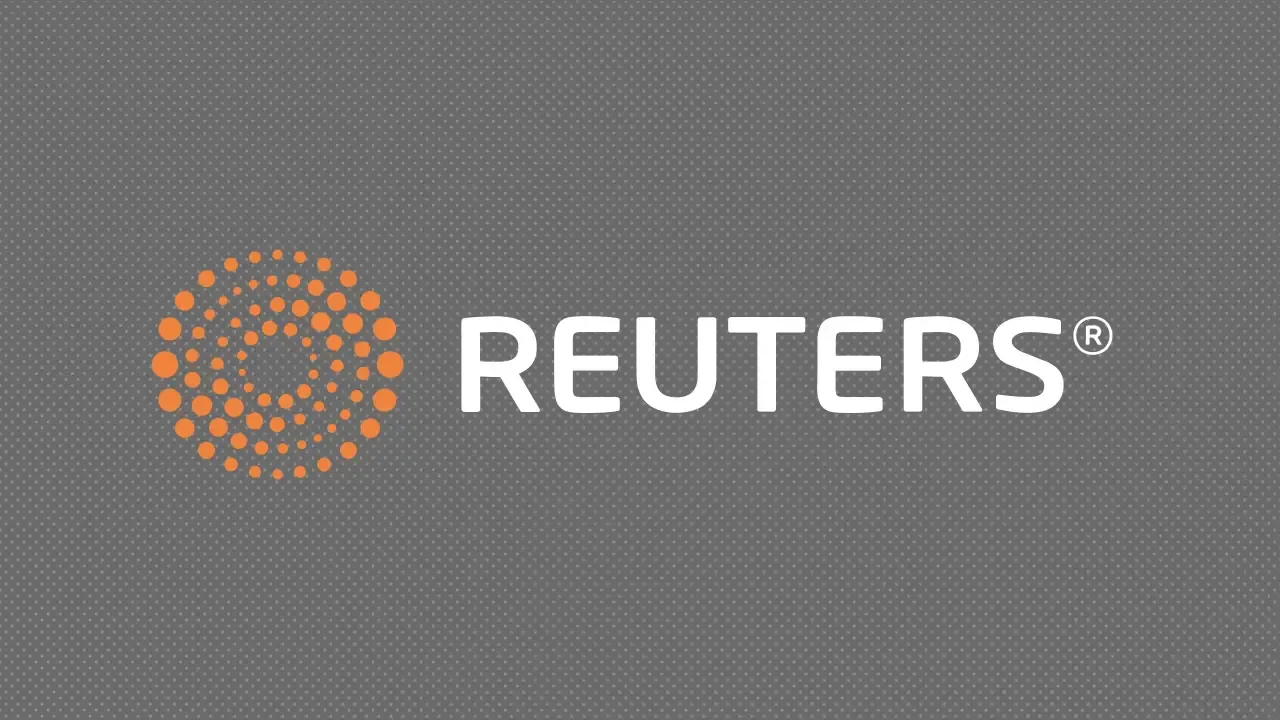May 7 (Reuters) - The Federal Reserve held interest rates steady on Wednesday but said the risks of both higher inflation and unemployment had risen, further clouding the economic outlook as the U.S. central bank grapples with the impact of Trump administration tariff policies.
The economy overall has "continued to expand at a solid pace," the Federal Open Market Committee said in a policy statement, attributing a drop in first-quarter output to record imports as businesses and households rushed to front-run new import taxes. The labor market remained "solid" and inflation was still "somewhat elevated," it said.
The direction of policy will depend on which of those risks develop, or, in the more difficult outcome, whether inflation and unemployment increase together and force the Fed to choose which risk is more important to try to offset with monetary policy.
MARKET REACTION:
STOCKS: The S&P 500 (.SPX), opens new tab turned 0.46% lower
BONDS: The yield on benchmark U.S. 10-year notes fell to 4.2655%. The 2-year note yield fell to 3.762%
FOREX: The dollar index turned 0.067% lower and the euro pared a loss to -0.12%
COMMENTS:
PETER CARDILLO, CHIEF MARKET ECONOMIST, SPARTAN CAPITAL SECURITIES, NEW YORK
“No surprises, the Fed leaving rates unchanged. I guess there's a sense of perhaps the Fed is talking, hinting at stagflation, and of course, uncertainties over the tariffs.”
“I would say this statement is a little bit more hawkish than I expected.”
“This Fed meeting was marked by a lot of uncertainties and a firm resolution to stay the course until the Fed has more information about the inflationary impact from tariffs.”
JAMIE COX MANAGING PARTNER, HARRIS FINANCIAL GROUP, RICHMOND VIRGINIA
"The Treasury has supplanted the Fed for market moving news these days—and that’s a good thing. The Fed is actually where it communicated to markets it would be - attentive to the risks posed by tariffs and would be on hold until smoke clears."
JULIA HERMANN, GLOBAL MARKET STRATEGIST, NEW YORK LIFE INVESTMENTS, NEW YORK, NY
"Their ability to preemptively cut rates to shore up economic growth is constrained by upside inflation risks, and then, conversely, their ability to preemptively hike rates to reduce inflation risk is constrained by downside risk to growth. So, it's a stagflation conundrum for the Fed. Where it results, in terms of Fed policy, is that we expect the Fed to stay on hold or as long as possible."
"That means that we disagree with the cumulative market consensus that comes out of Fed Funds Futures, where consensus is that we will see meaningful rate cuts in the back half of the year. We do not expect that. We expect to see meaningful easing from the Fed only in the scenario that economic growth figures really disappoint."
"It is a pretty clear market expectation that everyone, including the Federal Reserve, has to be in a bit of wait and see mode until the 90-day tariff pause ends."
SEEMA SHAH, CHIEF GLOBAL STRATEGIST, PRINCIPAL ASSET MANAGEMENT (in email)
"The Fed has been plunged into an almost impossible situation whereby its two mandates will likely move in opposite directions, but government policy – which is incredibly uncertain itself - will dictate both the timing and magnitudes of those moves. Certainly, the recent Trump headline suggesting an already hardline approach to China tariff negotiations, further reinforces the uncomfortable position for the Fed. In this situation, what else can the Fed do but sit on its hands? Rate cuts will be required but, increasingly, it seems that the
Fed will need to wait until late Q3 before the window of opportunity opens."
ASHISH SHAH, CIO PUBLIC INVESTING, GOLDMAN SACHS ASSET MANAGEMENT, NEW YORK
“For the time being the Fed remains in a holding pattern as it waits for uncertainty to clear. Recent better-than-feared jobs data has supported the Fed’s on-hold stance, and the onus is on the labor market to weaken sufficiently to bring a resumption of its easing cycle.
Any weakening in the labor market, however, could take a number of months to become apparent and we see the odds skewed towards another ‘hold’ at next month’s meeting.”
MICHELE RANERI, VICE PRESIDENT AND HEAD OF U.S. RESEARCH AND CONSULTING, TRANSUNION, CHICAGO (in email)
"This (Fed's move) was likely a result of high inflation and other recent economic trends, such as the strong April jobs report. While the possibility still exists for potential rate cuts later this year, the economic picture is complicated, and it's too early to know if or when those cuts might happen.
"We're starting to see some positive signs in lending - mortgages, home equity loans, and auto financing are showing signs of life after a slow couple of years. However, these gains will likely remain incremental until rates begin ticking down, as many borrowers are reluctant to take on a loan at today’s rates, particularly if they currently have a loan at a significantly lower rate.”
BRIAN JACOBSEN, CHIEF ECONOMIST, ANNEX WEALTH MANAGEMENT, MENOMONEE FALLS, WISCONSIN
"The Fed statement was a statement of the obvious. They gave roughly equal air time to the threats to growth and inflation, so that tells us we need to wait and see how the data shake out between now and the June meeting before deciding whether they're going to prioritize keeping inflation expectations contained or to address any hit to growth. The Fed isn't being complacent, twiddling their thumbs, they're like the rest of us: monitoring things vigilantly."
Compiled by the Global Finance & Markets Breaking News team
